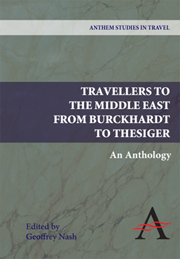Arabia
from PART ONE - THE COMING OF EMPIRE 1800–1879
Published online by Cambridge University Press: 05 March 2012
Summary
Historical Background
Mainly a desert terrain, in 1800 the Arabian Peninsula had a population of perhaps no more than 1 million, a large part of which – excluding those living in the mountainous areas of Oman and Yemen where agriculture was practised – was pastoral, herding sheep, goats, or horses. Apart from the oases towns the major centres of population were on the coasts (Yapp 1987: 173). At the close of the eighteenth century most of the Arabs in the peninsula were independent of – and some actively hostile to – Ottoman rule. Wahhabis in Central Arabia, and in the South East Ibadis in Oman and Zaydis in Yemen, each functioned beyond Ottoman authority. In the Hijaz the Sherifs of Mecca ruled the holy cities but there was an Ottoman governor at Jeddah (Hourani 1991: 251, 253). In this period Arabia was therefore isolated but subject to expansive forces from within. The Wahhabis, whose power emanated from an alliance between the puritanical doctrine of the religious reformer Abdul Wahhab (1703–92) and the political leadership of the al-Saud clan, were the dominant political force in the subcontinent before Muhammad Ali's campaigns against them (1811–8). By 1840 the Egyptians had withdrawn leaving Central Arabia under Wahhabi control; an Ottoman return in Arabia was slow in coming and only took off after 1880 (Yapp: 174–5).
- Type
- Chapter
- Information
- Travellers to the Middle EastAn Anthology, pp. 43 - 45Publisher: Anthem PressPrint publication year: 2009



